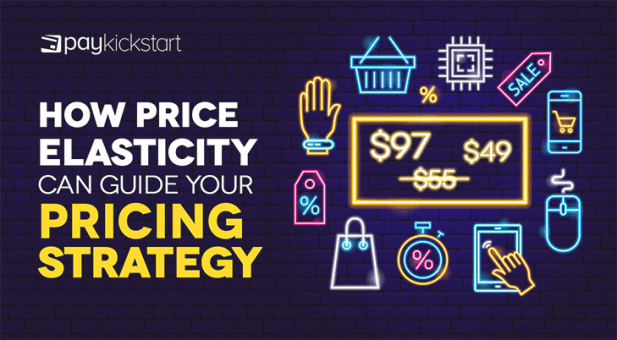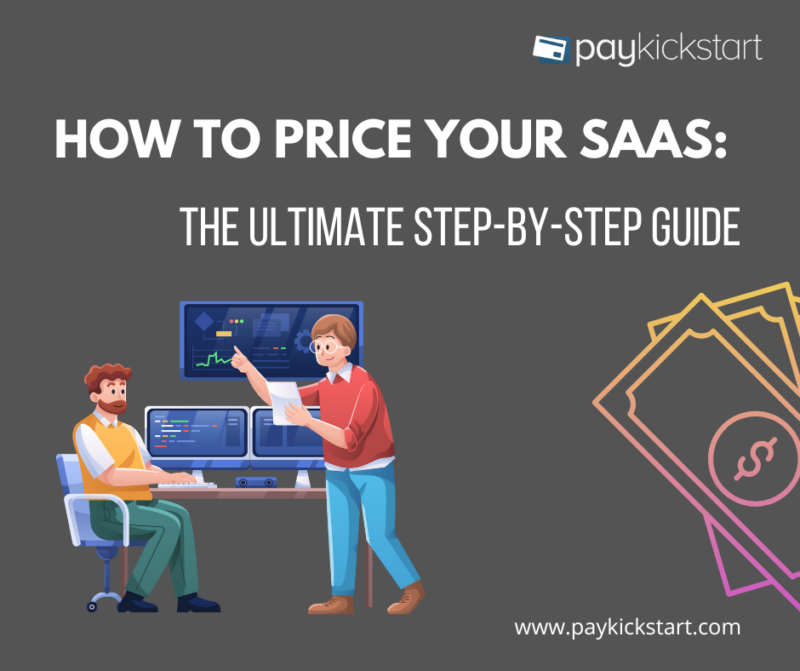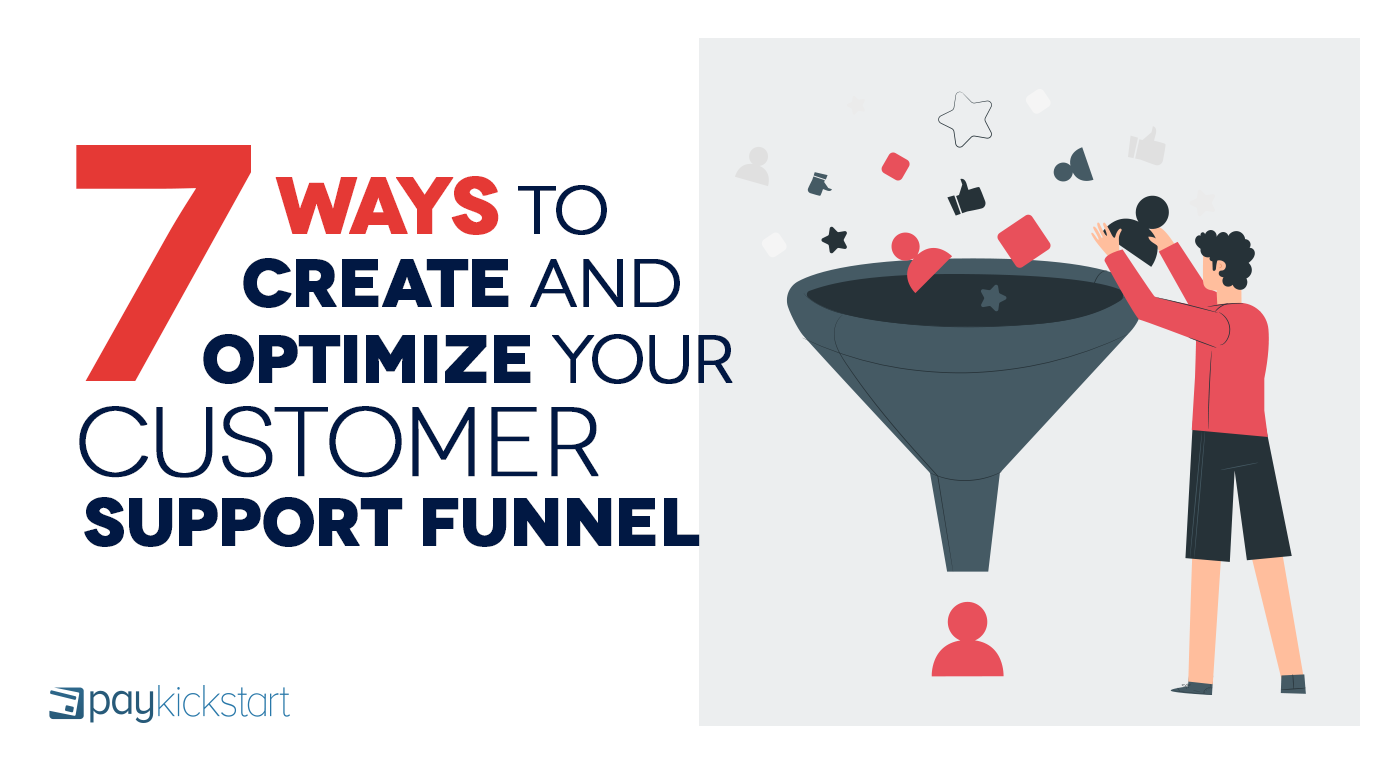Subscription growth hack (by PayKickstart)
Facebook Group - 3,932 members
Visit Group
Your pricing strategy will play a big role in determining the success or failure of your company. If your prices are too expensive, you will lose out on customers and sales. If your prices are too cheap, you’re missing out on potential profits. So how can you determine the right price? It’s easier said than done. However, crafting an effective pricing strategy is a must.
One concept worth considering when formulating your pricing strategy is price elasticity. You probably first heard of price elasticity all the way back in your high school economics class. It is one of the most important concepts in both economics and business. Price elasticity refers to how much demand changes when prices increase or decrease.
Even those business owners who haven’t studied economics will have an intuitive understanding of price elasticity. Think about your favorite restaurant for a second. Now imagine if prices doubled overnight. Do you think more or fewer customers will come? Almost certainly, fewer customers will show up.
Essentially every business owner knows that increasing prices will decrease sales and vice-versa. Let’s take a closer look at price elasticity and demand.
Generally speaking, the higher the price the lower the demand. As prices rise, some customers will start to look for alternatives or simply skip the purchase all-together. The decrease in demand is inversely related to the rise in prices. The more dramatic the increase in prices, the steeper the drop in demand.
Let’s say you sell books online. If you decrease the price of your books by say 1 penny, you probably won’t gain many (if any) new sales. If you drop prices by 10 percent, you may drive some sales. If you cut prices in half, you could see sales surge!
Some products are considered “inelastic”, however. Even dramatic changes in prices may not spur big changes in demand. Think of gasoline. If prices rise by 20 percent, you’ll still pay because you need to get to work and what not. If prices drop 10 percent, you might fill up your tank but unless you have somewhere to store gasoline, you won’t be stocking up.
On the other hand, some products will experience wild swings in demand even if price changes are minor. These goods are considered “elastic.” Let’s go back to gasoline. While gasoline in general is inelastic, specific gasoline brands are elastic. If BP increases its prices by 5 percent but other gas stations don’t, many people would skip BP.
As such, it’s actually possible for a product to be both elastic and inelastic at the same time.
Given how important elasticity is for demand, it’s vital to understand how elastic your own products and services are when developing a pricing strategy. Your pricing strategy, in turn, will have a big impact on your revenues and profit margin.
Most products are elastic. If you increase prices, you could end up suffering a big drop in sales and thus revenues. Likewise, promotions and price cuts could offer a great way to increase revenues. On the other hand, if your products are inelastic, you may have more flexibility when it comes to raising prices. However, discounts likely won’t be effective at drumming up sales.
So what determines elasticity? Generally speaking, if there are a lot of substitutes for your product or service, it will be more elastic. If you raise prices, customers will simply switch to alternatives. However, if you decrease prices, customers will be tempted to use your product as a substitute.
Likewise, if there are no substitutes for your product, prices may be inelastic. This means you can increase prices and thus profits without losing too many sales.
Every time you adjust your prices, you put yourself at risk. If you don’t understand how your customers will react, you’re putting yourself at greater risks. On the other hand, by understanding your customers and how they will react, you may be able to predict revenue outcomes.
So how do you determine price elasticity? The process is actually quite straightforward:
The formula above confusing? Probably but in practice it’s not too difficult to calculate. Let’s go over an example so you know how to calculate price elasticity.
Let’s say you sell books online for $10 dollars a copy and you sell 100 per month. In order to test elasticity, you decide to offer a sale for 20 percent off for a month. Once book prices drop to $8, sales rise to 150 books.
Now, let’s find out how elastic your books are. We plug $10 into P0 and 100 into Q0 as these are the initial starting quantities. Then we plug $8 into P1 and 150 into Q1. So we get:
Now, calculate the equation. In this case, you’ll get -1.8. This means that for every one percent decrease in price, demand will increase by 1.8 percent. This means your books are elastic. Now, you can plot out how much you can increase revenues through discounts.
In terms of revenues, your $8 dollar books will generate $1200 in revenue. At $10, you’ll generate just $1,000.
You could test increasing prices on books to see how much that will impact your sales. However, you might lose customers in the process. Given that you’ve already found out that books are elastic, you’ll have to be careful if you want to increase prices.
Price elasticity is very important for ecommerce stores and other businesses. When it comes to the World Wide Web, competition is fierce, markets are crowded, and substitutes are a quick Google search away. If you’re selling elastic goods, like most ecommerce stores, discounts could help you drum up sales while price increases could cost sales.
On the other hand, if your products or services are not elastic, you may be able to increase prices and profits without losing many customers. Either way, make sure you take elasticity into account when you’re determining your pricing strategy.
Mark Thompson is CEO of PayKickstart and a serial entrepreneur. He is passionate about helping thousands of entrepreneurs and businesses grow through advice, automating payments and providing affiliate tools.
Read More About Mark Thompson
